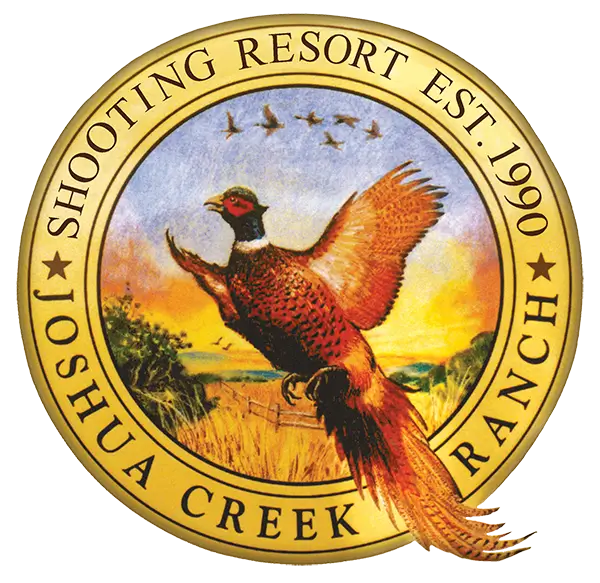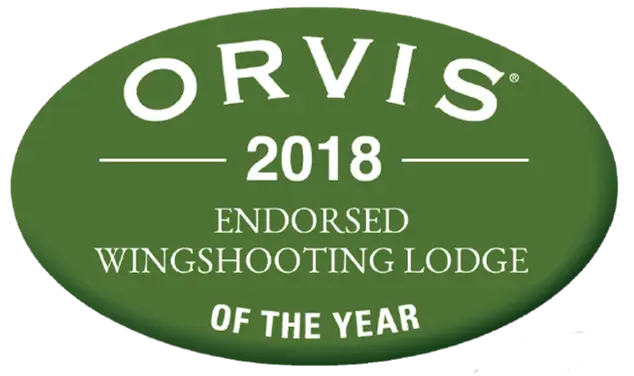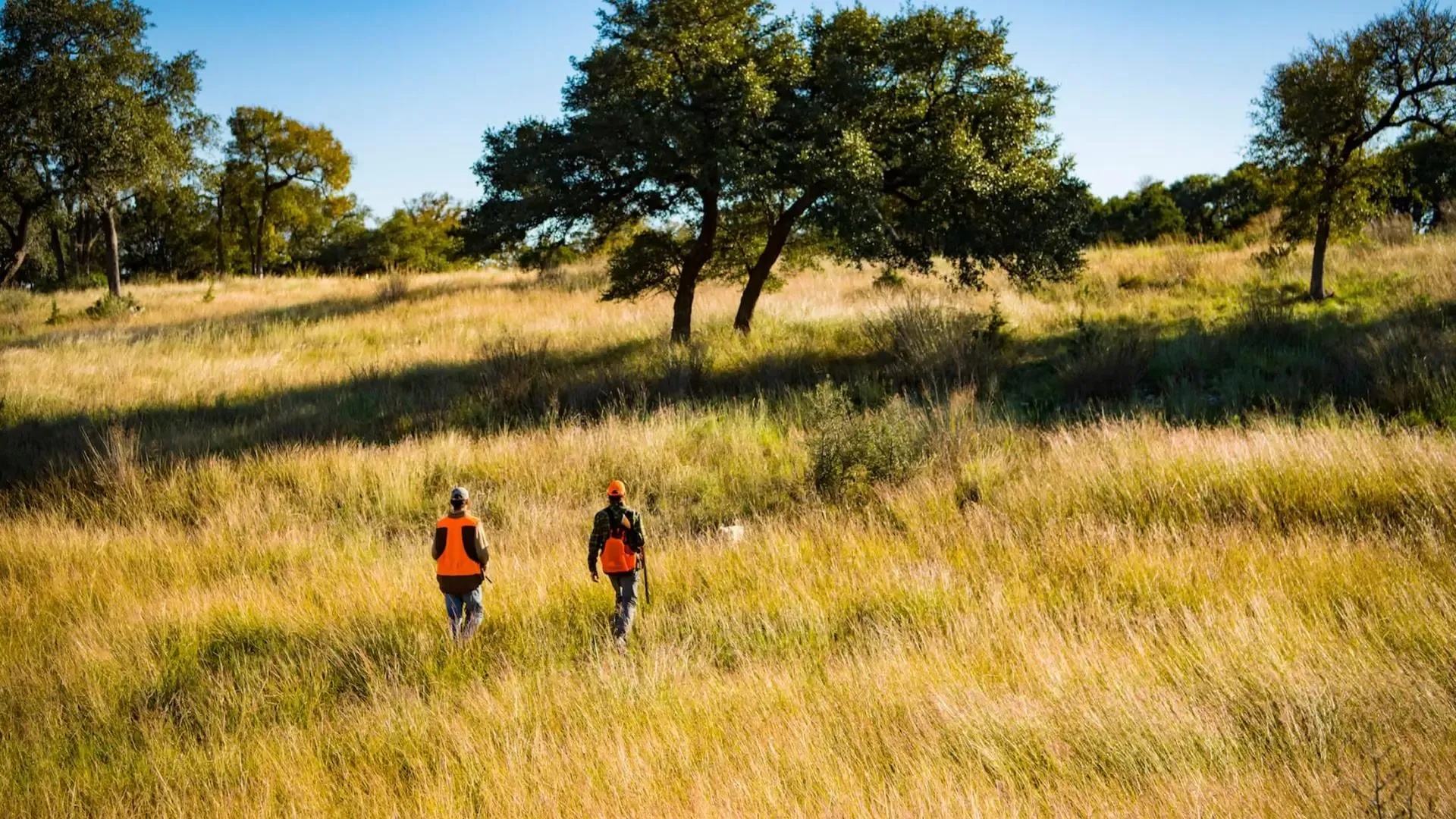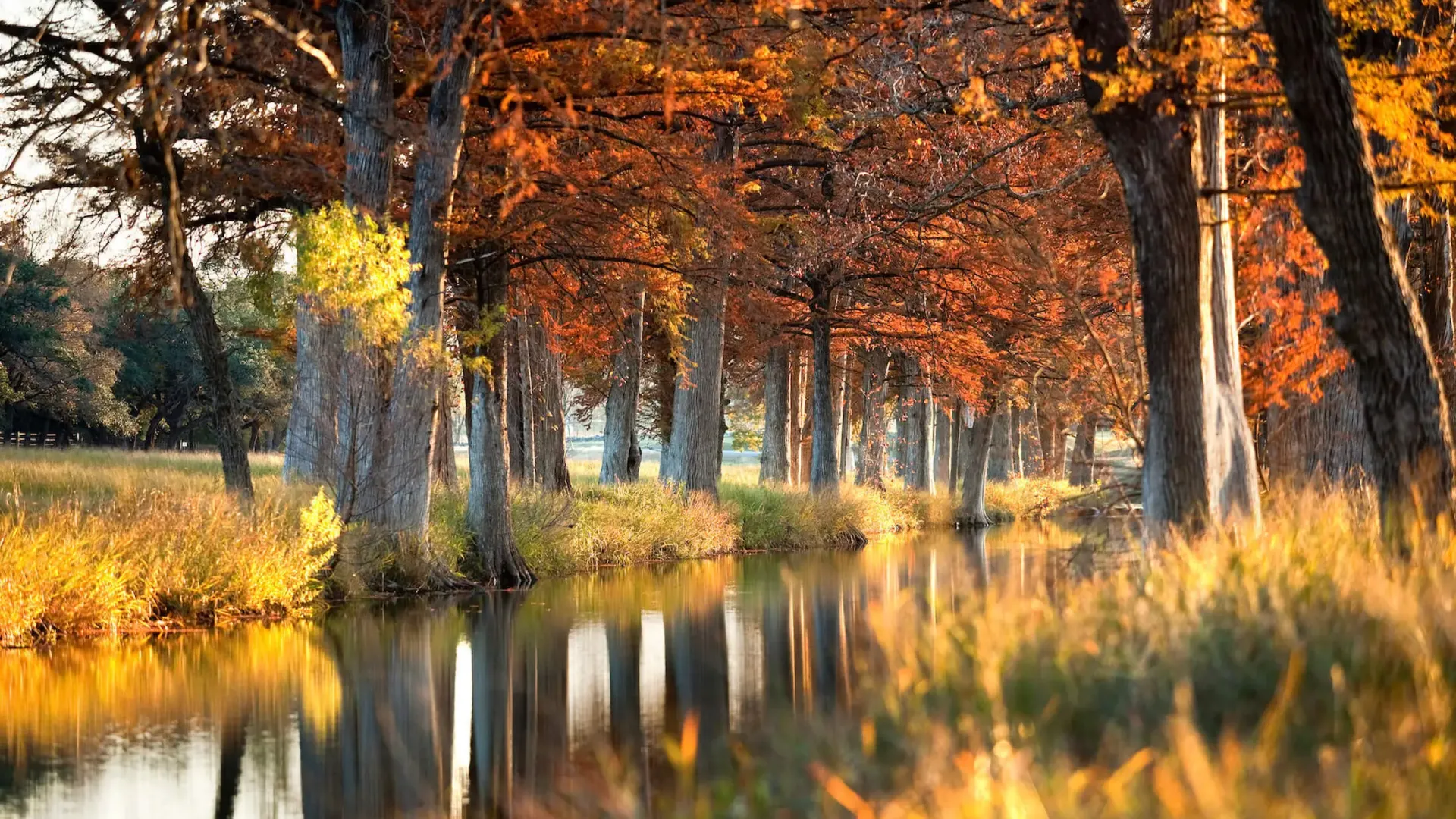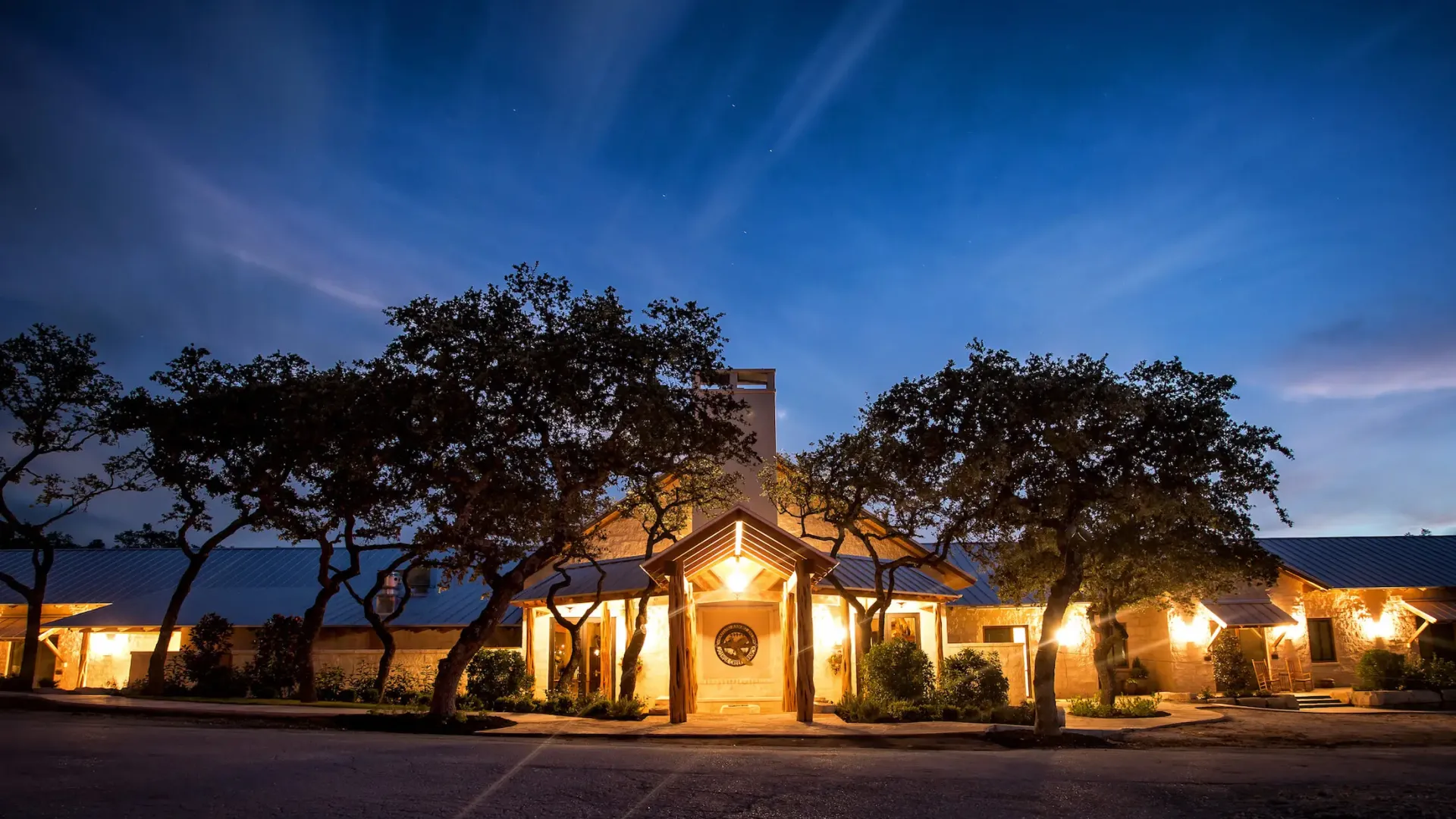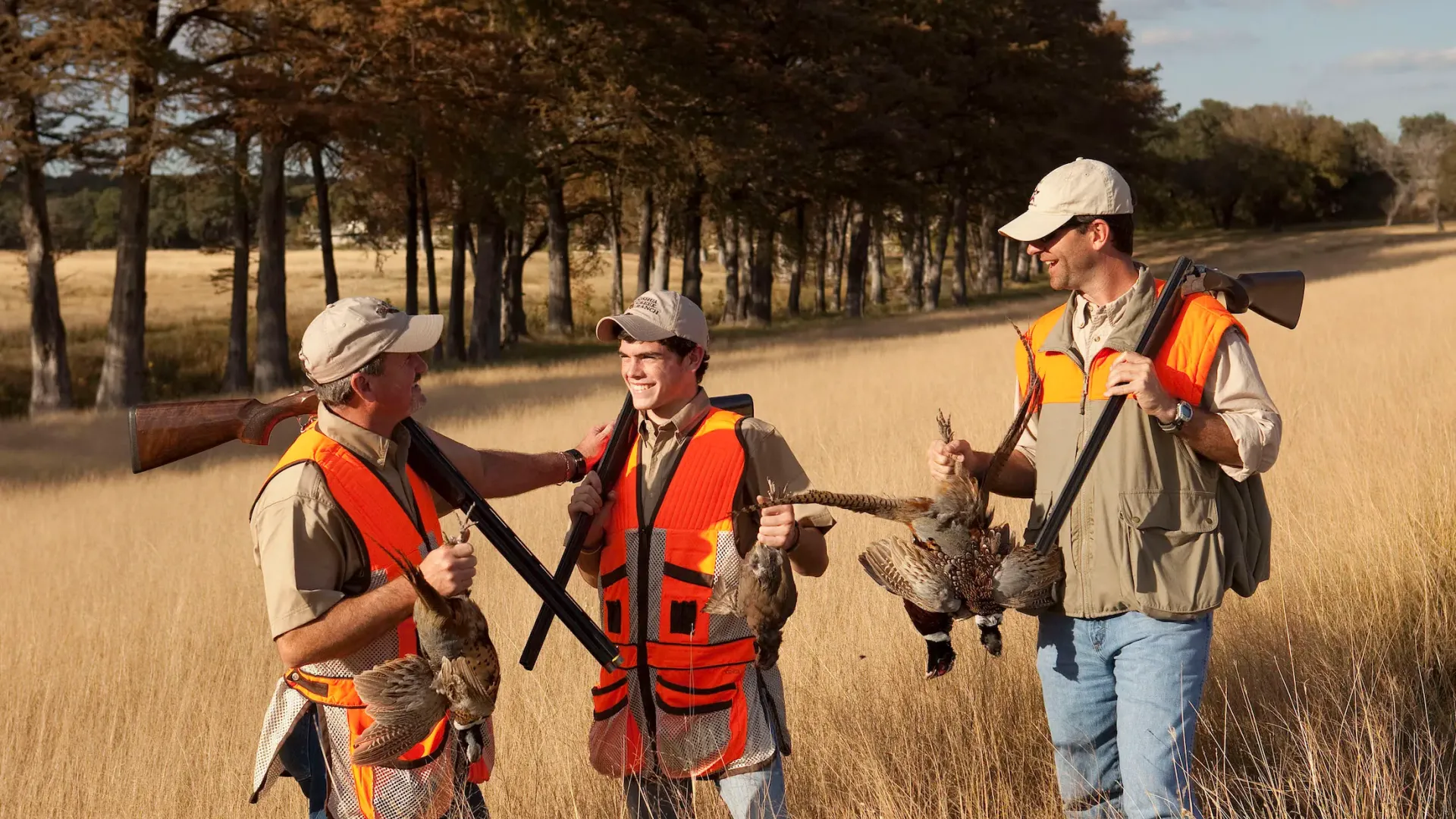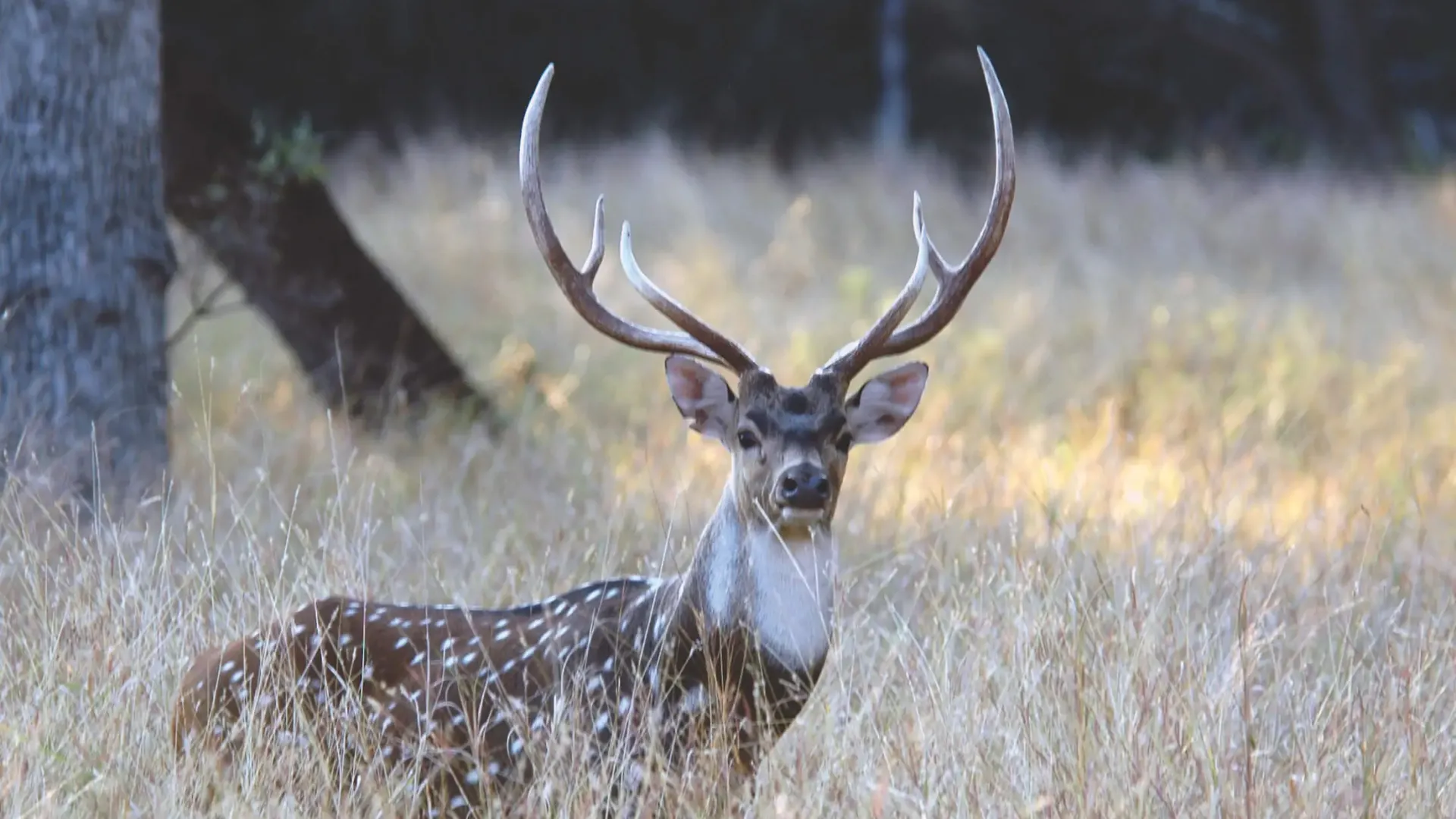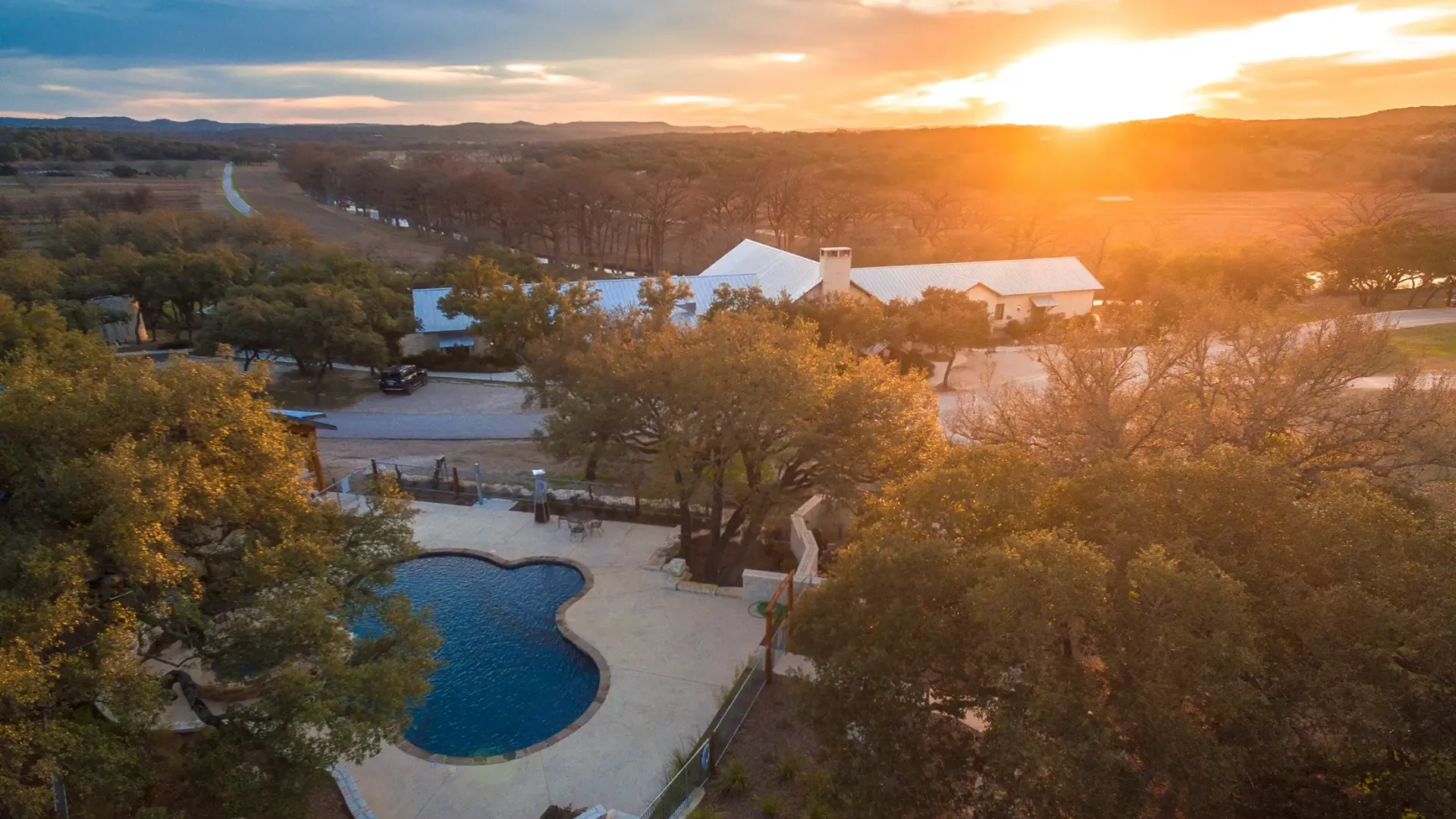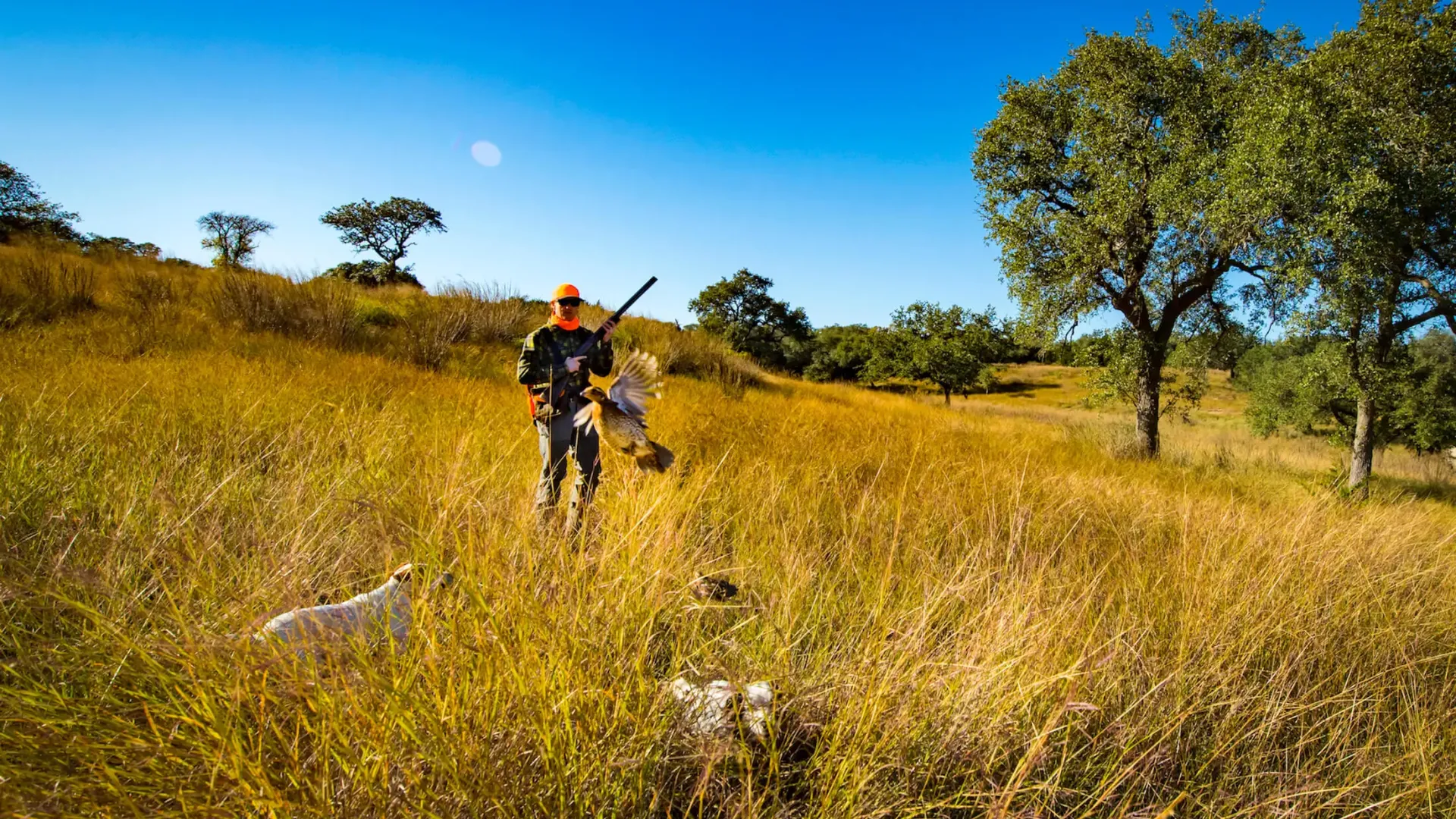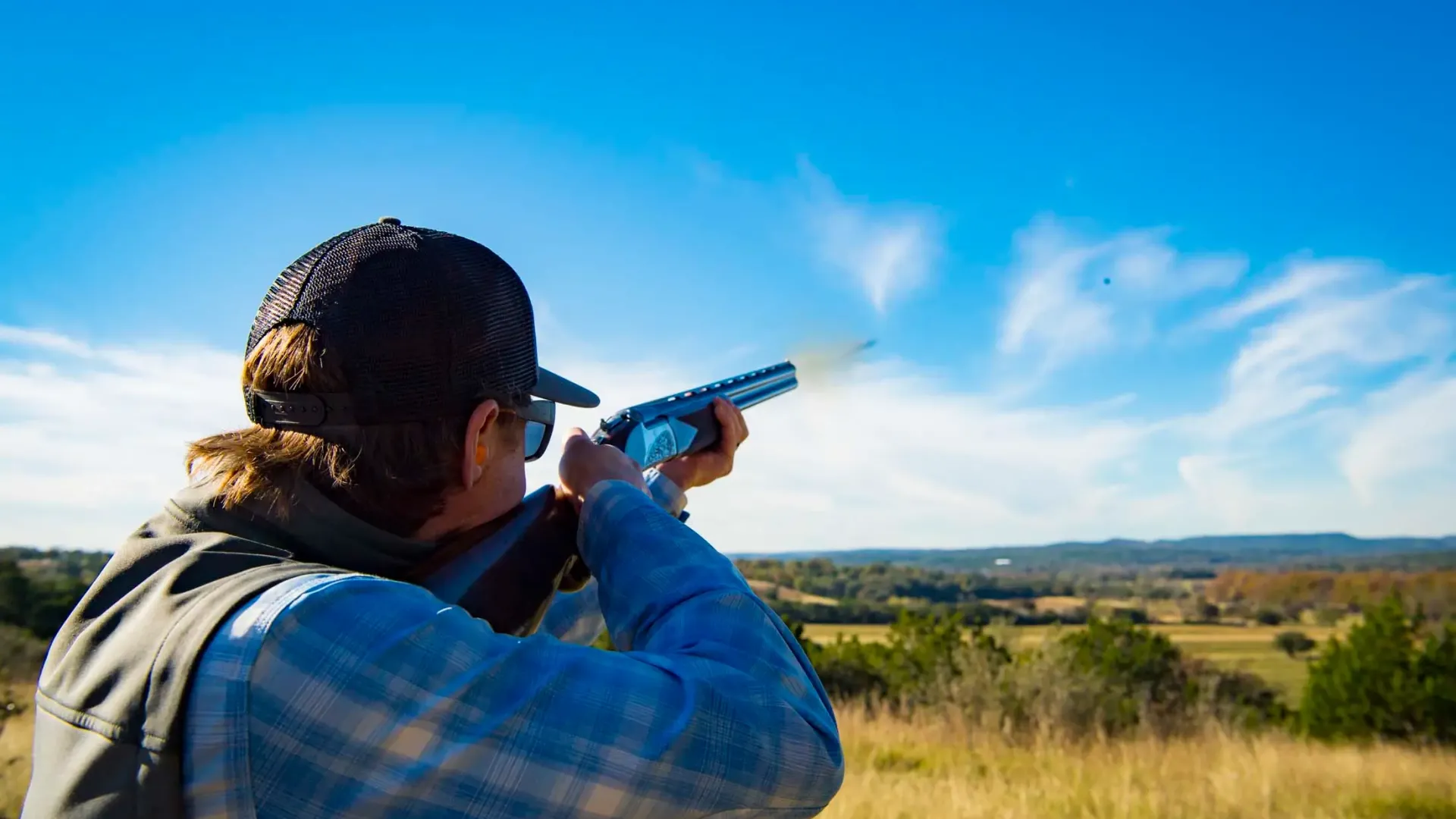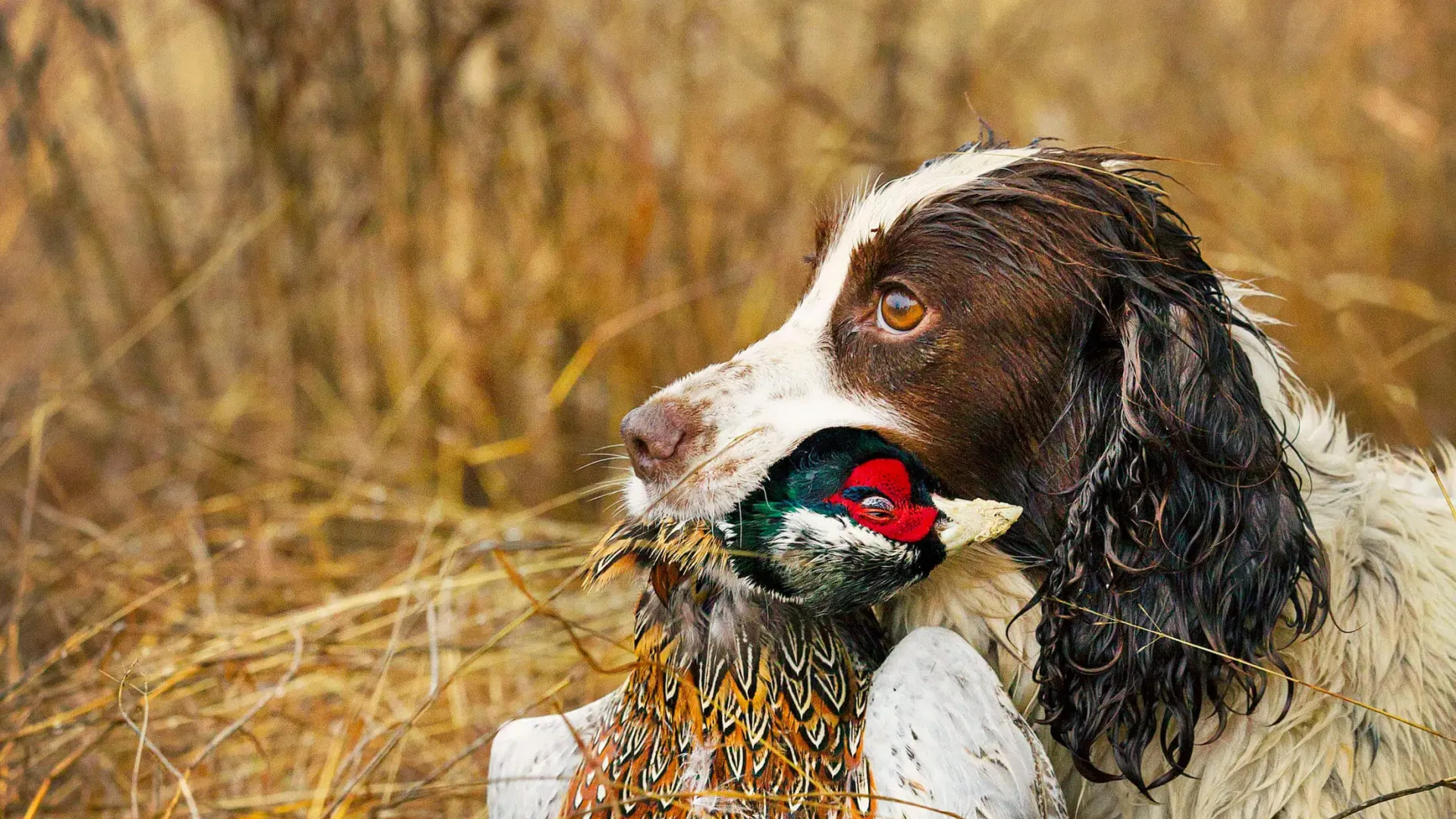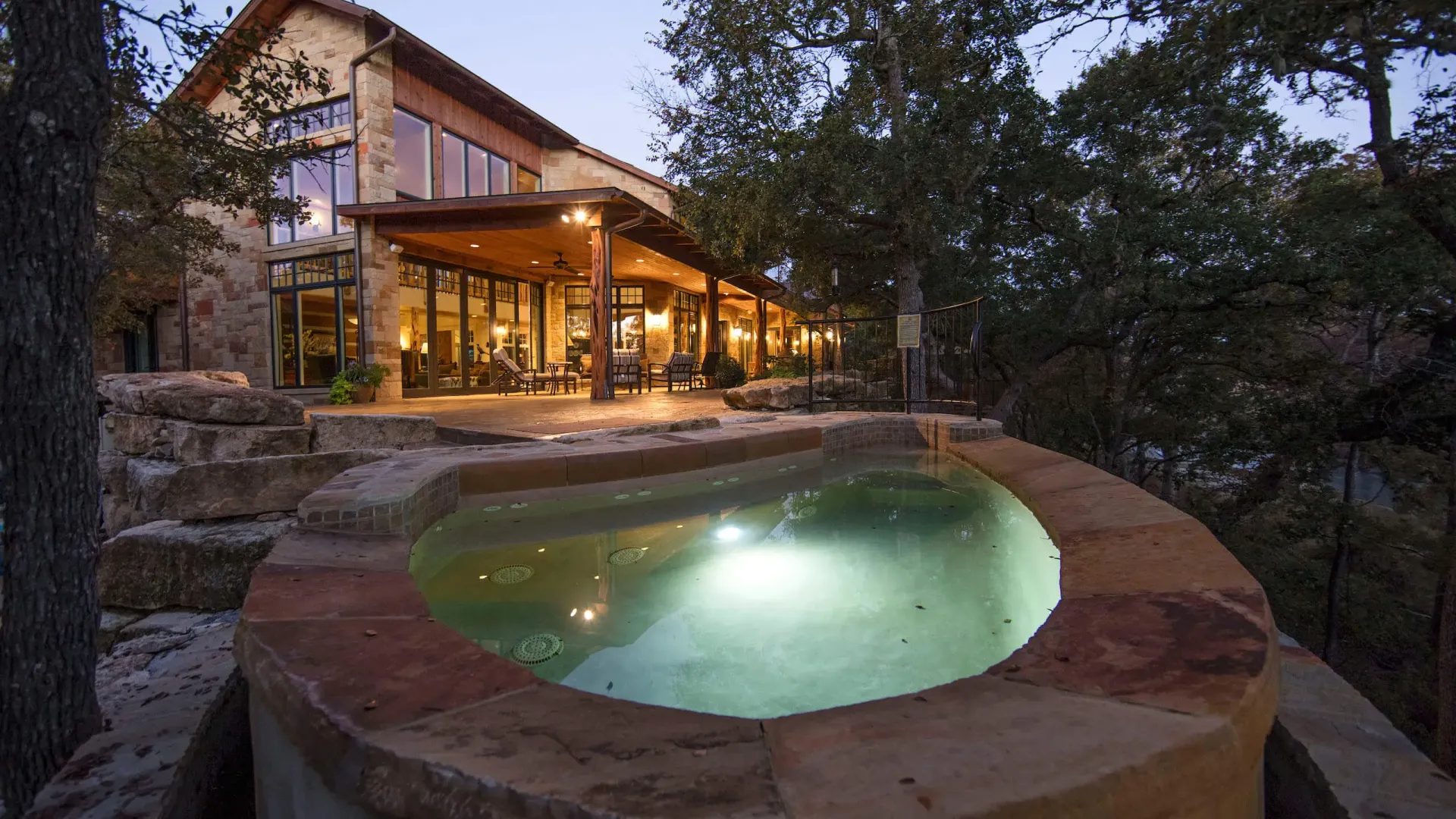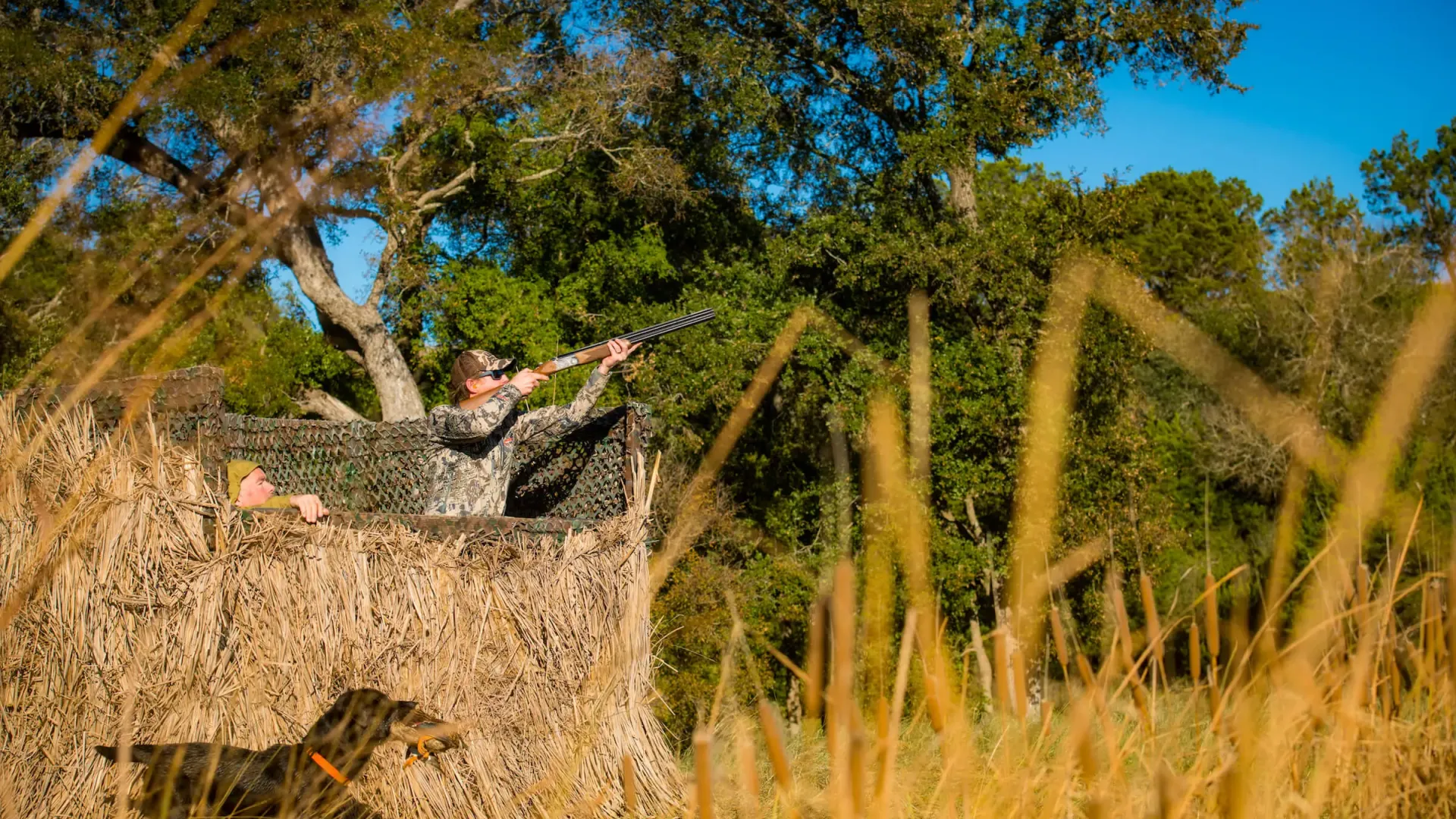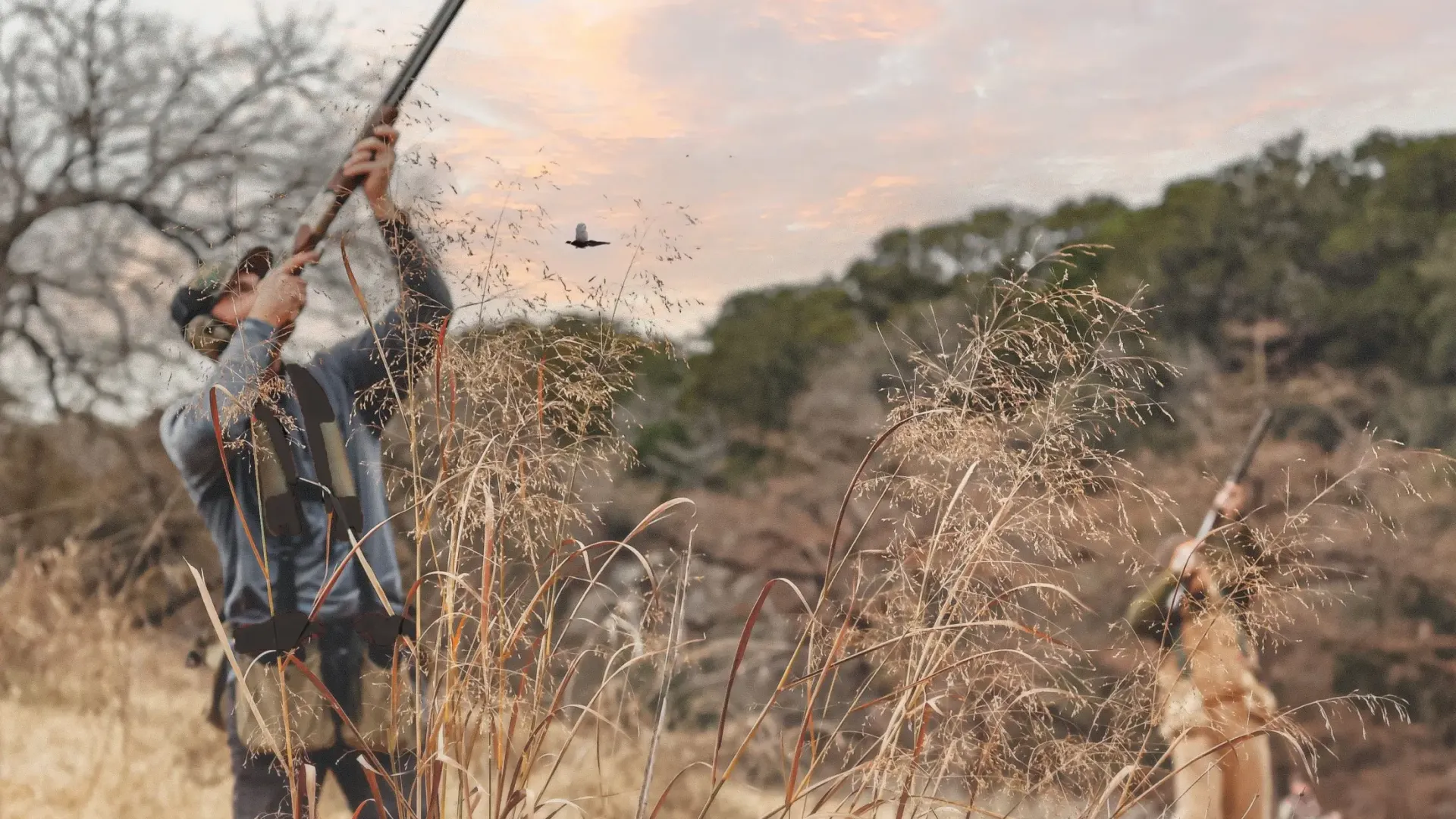Alamo Axis
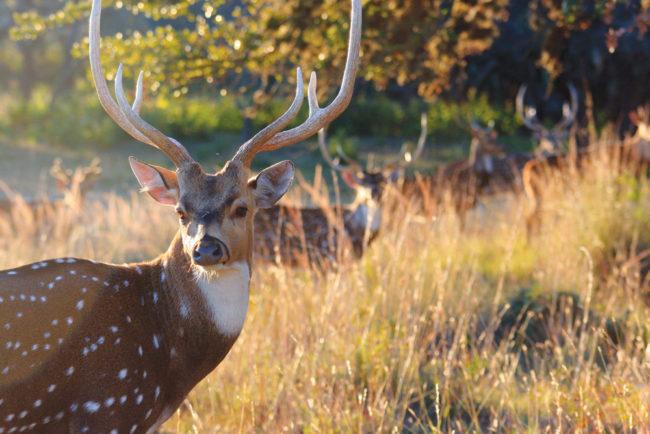
Photo by Sporting Classic's Daily
APRIL 2017
No part of Texas is, to my mind, more quintessentially Texan than San Antonio, the Hill Country, and the Alamo. You can visit Dallas, see the Rio Grande, or swim along the Gulf, but until you see the shadows of nearby buildings fall respectfully shy of the Shrine’s walls, you can’t truly appreciate Texas. Maybe not even America, for that matter.
That’s one reason I volunteered to work Joshua Creek Ranch’s Texas Hill Country Shooting Classic & Sporting Expo in June 2016, flying west to man the booth for Sporting Classics. I had never visited the state, and having been raised on John Wayne’s two-tape VHS version of The Alamo, it was a no-brainer to attend and explore the region. I wouldn’t be able to shoot in the popular shotgun competition, but I planned to stay a couple days after the show to hunt the ranch’s famed free-range axis deer herd—the other reason.
One of the many things Texans are known for is their fondness for raising exotic animals on their game ranches. From the nilgai, native to India, to the fallow deer of Europe, if you want to hunt a trophy-caliber something, it can probably be done in Texas. What’s more, you can hunt them year-round and to your heart’s content. Texas Parks & Wildlife doesn’t establish seasons or bag limits for hunting exotics on private land.
Axis deer fall into that exotic category, as well. The Indian native, known there as a chital, is tiger fodder in its homeland, rarely living long enough to reach 165 pounds. In Texas, where their only true predator is man, they push past 200 pounds with ease. And like everything else in Texas, their antlers tend to be bigger in the Lone Star state, too.
What makes year-round axis hunting possible is not just the state’s leniency regarding exotics, but also the life cycle of the animals themselves. Axis bucks grow their antlers based on their birth date, not the season of the year. One buck might be carrying a hardened set of headgear well into summer when a fellow buck has just dropped its antlers.
